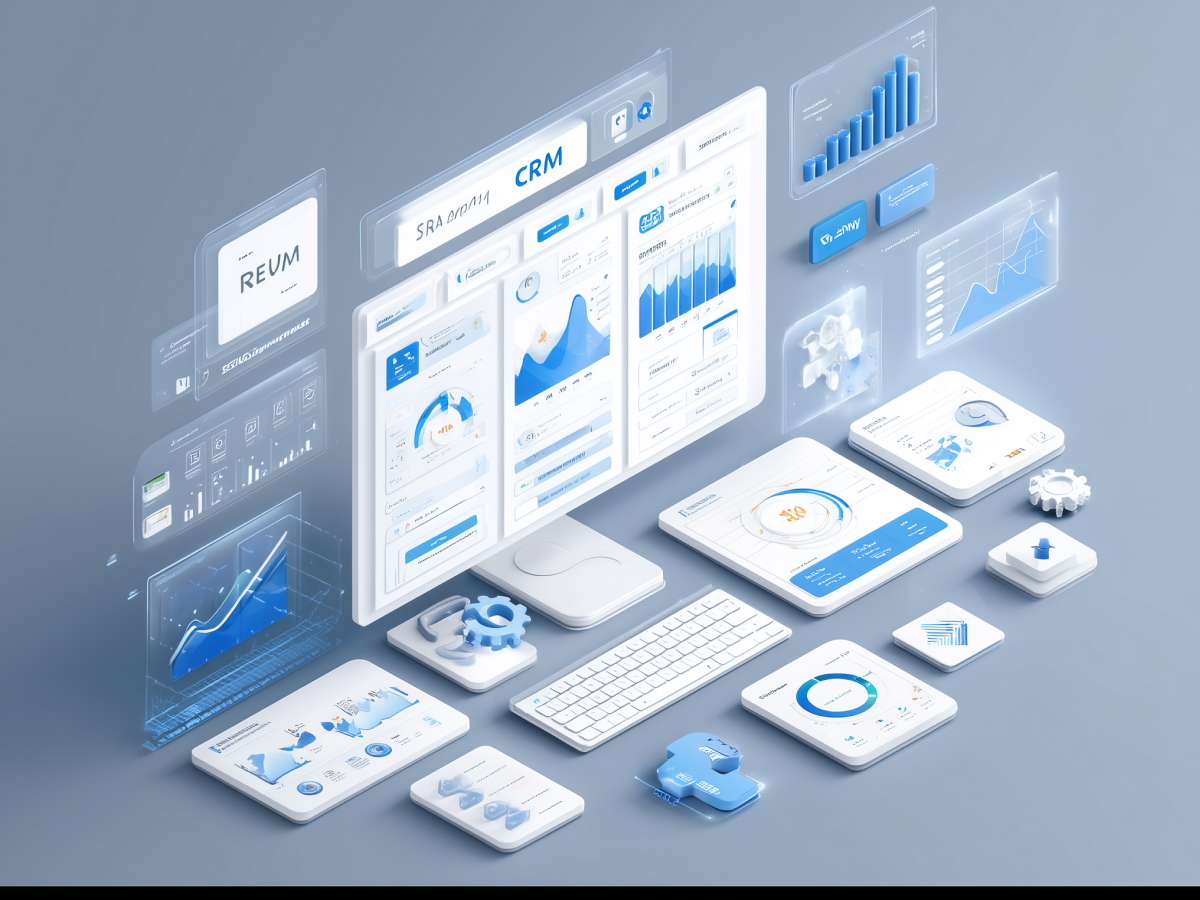AI-assisted coding accelerates development but potentially undermines code reliability
AI is writing more code than ever. At Microsoft, it’s already generating 30% of the company’s codebase. Google clocked in around 25% in 2024. Among startups, the adoption curve is even steeper, Y Combinator noted that in their winter 2025 batch, a quarter of the companies had 95% of their code written by AI.
Development speed is up. That’s good. But let’s be clear: more code doesn’t always mean better code. Speed without control is costly. LLMs (large language models) generate code that is functional, but far from bulletproof. It’s often verbose and bloated. That increases the batch size, the overall volume of code introduced into the system at a time. Bigger batch sizes mean more risk per release. Debugging gets harder. And failure rates creep up when systems aren’t designed to scale with it.
Testing pipelines, unit tests, integration tests, static analysis, all try to catch errors. Most teams trust their CI/CD to act as a gatekeeper. But it’s not enough. Full test coverage is rare. There’s always leaked complexity. And some problems only surface under pressure, not in QA.
AI shifts how developers interact with code. Instead of applying deep domain knowledge to write clean, maintainable systems, they’re reviewing and approving machine-generated suggestions. It’s fast and feels efficient, but it masks a drop in codebase familiarity. Over time, your top engineers stop being system experts. That’s expensive.
The point is pretty simple: using AI to accelerate output only pays off if the system around it, release automation, monitoring, and incident tracking, keeps up. Otherwise, all you’re doing is generating problems faster than you can diagnose them.
Reliance on AI-generated code erodes developer expertise and strains SRE teams
Let’s talk about junior engineers. They’re coming into teams not to learn code fundamentals, but to approve AI-suggested pull requests. That means fewer opportunities to develop critical skills, like how to think through a problem, calibrate decisions, or optimize for reliability. What’s lost isn’t just technical depth, what’s lost is long-term competence.
Senior developers are not immune. As they delegate more of their thinking to the machine, they begin to unlearn the knowledge that made them effective. Domain expertise fades. System awareness thins out. You end up with teams that can approve changes, but struggle to explain why those changes matter, or how to roll them back when something breaks.
For Site Reliability Engineering (SRE) teams, this is where things get tough. You’ve got more deployments, more incidents, and fewer people who really know the system. And companies aren’t necessarily planning to hire more responders. If anything, they’re cutting costs, expecting AI to fill that gap.
But here’s the issue: AI doesn’t investigate production issues with experience. It doesn’t understand historical architectural decisions or weird edge cases users uncovered three versions ago. You need humans for that. You need individuals who know context. AI can surface logs and make recommendations, sure. But if your team is stretched thin, and the deep knowledge is gone, resolution times increase. Reliability suffers.
The better path is to blend AI capabilities with deliberate actions to preserve expertise. Promote deep system learning. Let AI handle scale, not strategy. Use it to accelerate, not replace.
AI-driven incident management tools can augment SRE capabilities
AI isn’t just writing code, it’s starting to help clean up after it too. The rise of AI SRE tools is a rational response to the complexity created by AI-generated development. These tools don’t replace engineers, they extend them. They can process high-volume, high-velocity data, logs, metrics, traces, code diffs, and surface problems faster than a human can. That precision, under pressure, matters.
Modern incident management platforms are already using large language models to sort through a company’s internal chatter, Slack, Zoom transcripts, issue threads, to give rapid summaries. That saves time for responders. It also helps executives get clear, concise updates without wasting cycles on manual reporting. But this is just the beginning.
A new class of AI SREs is emerging. These systems can investigate alerts, evaluate downstream effects, and suggest resolutions. All while giving confidence scores, so teams know how much they can trust the tool’s judgment. At first, these tools should operate in read-only mode. That gives your team time to validate suggestions while keeping guardrails intact.
Eventually, after a solid performance track record, you can ramp up responsibility. But make no mistake, this should still run through the same governance path you apply to human-led changes. Include code reviews. Let canary deployments catch any edge issues. And always log what the AI did and why it recommended a specific action.
For C-level leaders, the direction here is opportunity. These tools are powerful added layers of intelligence. If deployed thoughtfully, they raise your team’s productivity without sacrificing reliability. But abandon oversight, and you don’t just increase risk, you lose control. Keep your foot on the ground. Audit often. Scale capability, not fragility.
AI SRE tools introduce significant security, cost, and dependency risks
Giving an AI access to your monitoring stack, your logs, your codebase, that’s not zero-trust. It’s full access. That means data privacy, storage, compliance, and intellectual property risk go straight to the top of the list. You can’t afford to be casual about what the AI sees, where that data is stored, or how vendors train on it.
Some real-world signals already reinforce that warning. Samsung reportedly had sensitive internal data leak through its use of third-party AI models. That kind of breach is hard to recover from, both technically and strategically. So the expectation is simple: control your data. If your vendor can’t explain how their system trains, stores, and isolates enterprise data, they’re not ready.
Cost also deserves close scrutiny. Generative AI platforms often bill by token count, the more input and output your system handles, the higher your monthly charges go. That model doesn’t cap automatically. If you use AI incident analysis on trivial alerts, or the tool fails to deliver insight after repeated tries, you’re burning budget without getting value. For budget-conscious teams, deciding when and how to invoke AI should be explicit, not passive.
Over-reliance is another trap. The more you delegate understanding to the machine, the harder it becomes for your team to respond with speed and accuracy when it matters most. If the AI goes down, or worse, makes the wrong call during a critical moment, how confident are you that your engineers will be ready to take over? If your answer’s not immediate and clear, you’ve got a gap to close.
Bottom line: these systems are valuable, but they’re high-trust tools. Deploy them with clear boundaries. Monitor usage costs. Keep confidence scores transparent. And above all, don’t let strategic expertise degrade. When AI fails, only informed humans matter.
Strategic integration of AI tools is essential for achieving high reliability in modern software development
There’s no reversing the shift to AI-assisted development. The numbers already show how fast adoption is moving, 30% of Microsoft’s code is now machine-generated. Startups are pushing further, with some relying on AI for nearly their entire codebase. This speed forces a rethink of how reliability is maintained. What used to be a manual process, deep code understanding, slow rollouts, intense reviews, is now operating at the pace of automation.
That’s not a problem if systems are adapted to match it. AI SRE tools and intelligent observability platforms are already filling in some of the gaps. They give teams the ability to absorb high-velocity change, process incident data in real time, and keep uptime high. These aren’t experiments anymore. They’re becoming required just to keep pace with the noise introduced by AI-generated deployments.
As companies move faster, sometimes recklessly, they also risk institutionalizing a culture where depth is replaced by speed. This includes the rise of what some call “vibe coding,” where engineers approve suggestions they don’t fully understand. Companies are now hiring specifically for this task. That’s a sign of efficiency, but it also signals a maintenance risk. Eventually, all systems hit complexity limits. When that happens, vague understanding won’t solve real problems.
A forward-looking strategy focuses on integrating AI while holding the line on quality and control. That means codifying AI use through workflows teams already trust, version control, peer reviews, CI/CD, proactive monitoring. It also means retaining expert talent who understand backend internals, application behaviors, and system failure patterns. That kind of knowledge doesn’t emerge through AI-driven shortcuts.
For C-suite leaders, this is directional: use AI to match the demands of scale. But manage its deployment with discipline. Invest in infrastructure that supports speed without trading off accountability. Support engineering organizations in evolving alongside machine pace, without becoming fully dependent on it. High reliability isn’t the result of AI alone. It’s the result of intentional systems and decisions backed by clear priorities. AI can help you reach those targets faster, but only if you control the direction.
Key executive takeaways
- AI boosts dev speed but undercuts reliability: Leaders should ensure AI-generated code runs within mature CI/CD, monitoring, and change management frameworks to avoid incident risk from unchecked deployment velocity and bloated codebases.
- Domain knowledge erosion impacts incident response: Prioritize knowledge retention through hands-on engineering and SME development to prevent AI approval workflows from degrading system familiarity and incident resolution depth.
- AI SRE tools accelerate response but need boundaries: Deploy AI-enhanced incident platforms to increase speed and visibility, but enforce human-in-the-loop policies and require guardrails before granting action authority.
- AI introduces cost and security exposure: Monitor token-based AI use closely to manage cost, and validate vendor data practices to avoid leakage of proprietary code and compliance risks.
- Sustainable scale requires AI-human alignment: Integrate AI into engineering systems deliberately, maintaining trust in development practices and investing in expert talent to uphold reliability and long-term system stability.





